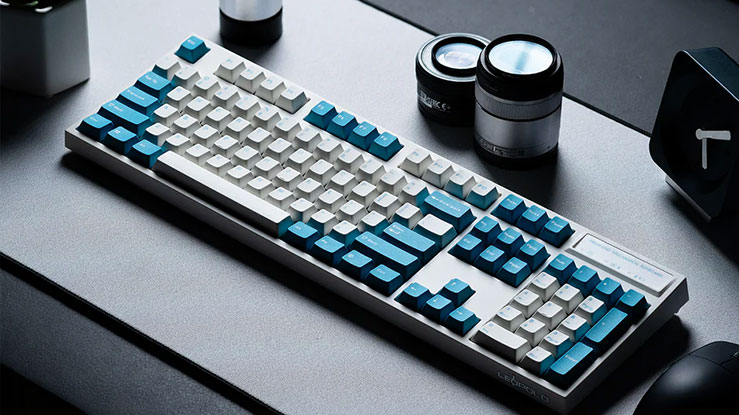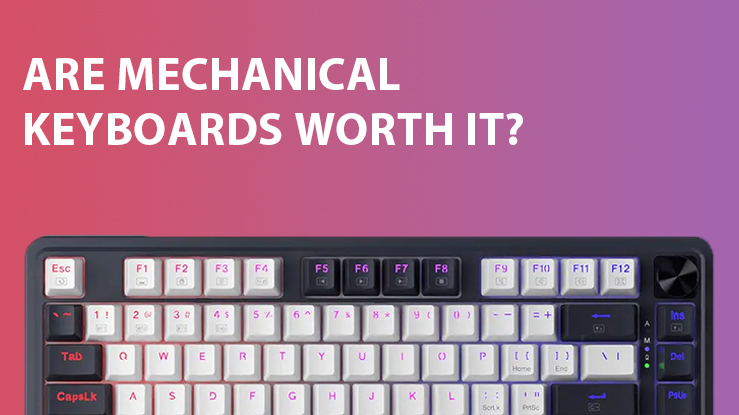What Are All The Different Mechanical Keyboard Sizes and Layouts
Finding best mechanical keyboard sizes and layouts can get a bit daunting when there are too many sizes available. And depending on the type of person or a user you are, could change what size suits you best. If you are someone who is a gamer, then compact mechanical keyboards or TKL could do the job If space management is a big factor. But if you are someone who has a desk job, or work that relies heavily on using the numpad, full sized mechanical keyboards might suit you best.
However, there are benefits and some drawbacks to it as well. in my article of mechanical keyboards sizes. I will guide you through the numerous sizes of mechanical keyboards on the market, which will help you get a rough idea regarding all the available mechanical keyboard sizes and layouts.
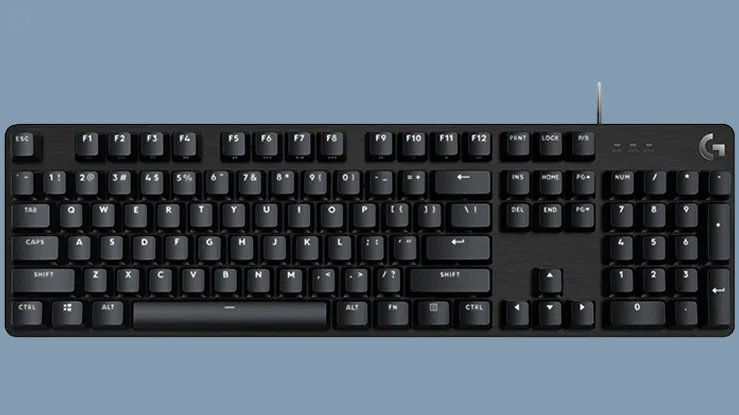
Different Mechanical Keyboard Sizes and Layouts
There are many types of mechanical keyboard sizes available. Some are full-sized mechanical keyboards, TKL or 80%, 75% mechanical keyboards and many more. Let us take a look at each and every single one of them.
Full Sized Mechanical Keyboards – The popular ones
The first size we will discuss is full-size mechanical keyboards. These are just like your average keyboards, with mechanical switches having 104 to 108 keys in total. These types of keyboards are extremely popular because they have a wide range of uses. They can be used by people with data entry jobs or gamers who prefer some extra navigation.
A full-size mechanical keyboard has all the standard keys, a number pad, a functions row, arrow keys, and some navigation keys. This gives the keyboard a broad functionality. Most full sized mechanical keyboards come with extra cool goodies like a knob and sometimes an aesthetic screen. Though, it does has some down sides.
First and foremost, the broad size of full-size mechanical keyboards makes them less portable. For people who travel often and like to take their tech with them, would find it a hassle to carry them around. Secondly, having more keys in your mechanical keyboard could also mean more mechanical switches. Depending on what switches you use, it could get expensive. Considering pretty popular switches like magnetic switches, it can get a bit pricey when each costs $1.50 to $2.0.
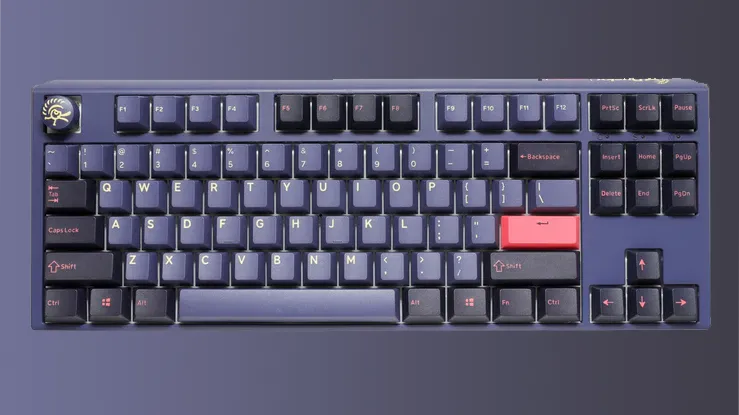
TKL Or 80% Mechanical Keyboards
The next popular mechanical keyboard size is Tenkey less, or TKL for short. Also known as an 80% keyboard. TKL Mechanical keyboards don’t have the number pad but keep their function rows. Who are they best for, you might ask? Well, this mechanical keyboard pretty much caters to the gaming audience and those who have to manage a smaller desk space. Essentially good choice for anyone who has no use for the numpad.
So, are TKL mechanical keyboards good for gaming? yes! the removed numpad gives a bit more more breathing room. Their small size makes it easy to carry them around. These keyboards could also save you some cash, having less keys mean you might need to buy less mechanical switches if you are building a custom keyboard that is.
I do not find any significant drawbacks to using TKL keyboards other than the fact that they don’t cater to people who use Numpad for entering financial data. Other than that, these keyboards are widely popular.
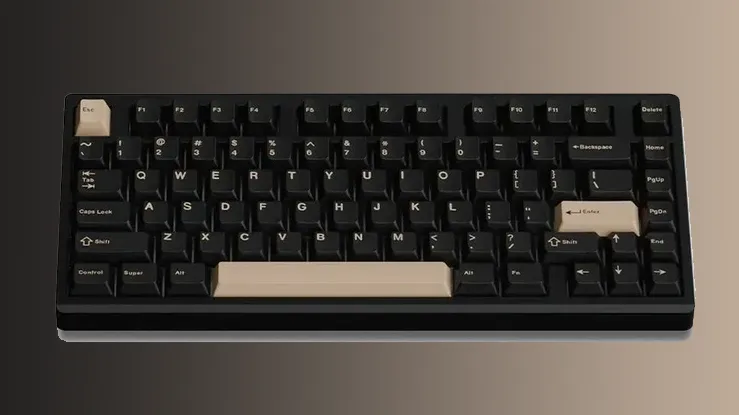
75% Mechanical Keyboards – The Compact ones
Next on our list are 75% mechanical keyboards, also called compact mechanical keyboards. These are basically the same as 80% mechanical keyboards without a numpad. Instead, the function, arrow, and navigation keys have less space between each other. This further reduces the size of the keyboard, giving it a compact look.
These Keyboards, like 80 percent mechanical keyboards, cater to gamers who have to manage their desk space. Furthermore, the keys’ closer proximity gives an ergonomic feeling while putting less pressure on your wrists and shoulders. If your keyboard has software support, you can also remap most of the keys.
The only drawback 75% mechanical keyboards have is that you are more prone to typos due to the keys being nearby. Moreover, if you are used to using full-sized mechanical keyboards, it might take a while to get used to the compact layout.
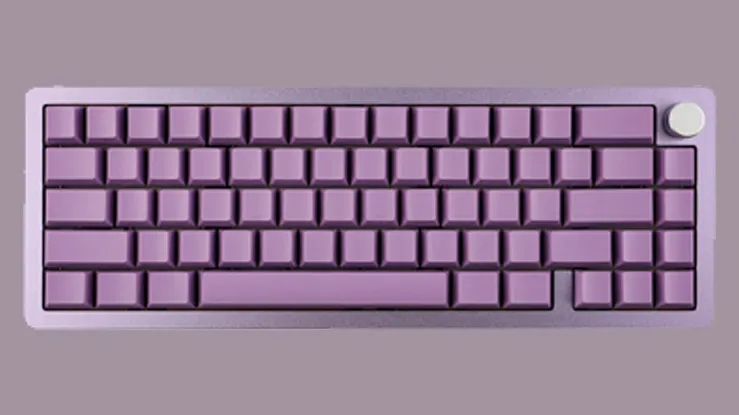
65 Percent Mechanical Keyboards
Next up are 65 percent mechanical keyboards. 65% mechanical keyboards have 67 to 68 keys. Removing the navigation keys, the Numpad, and most importantly, the function keys. What are function keys, you ask? If you have a full-sized keyboard, they are essentially the top row keys, like f1,f2, f3, and so on. Removing the function keys makes the keyboard even smaller and more compact.
The only benefit of having a 65 percent mechanical keyboard is its smaller size. This could be beneficial for gamers who are looking for aesthetics in their gaming setup and could also save people some more space on their desks. Moreover, 65 mechanical keyboards are portable which makes them easy to carry around while traveling.
The drawback of having a 65 percent mechanical keyboard is that removing function keys significantly reduces efficiency. When you could just press a key before, now you might have to learn how to layer keys as well. This might not be that big of a problem for people who have been using computers since the day they were born. But for newbies, learning layering keys takes time, which makes it a bit tedious.
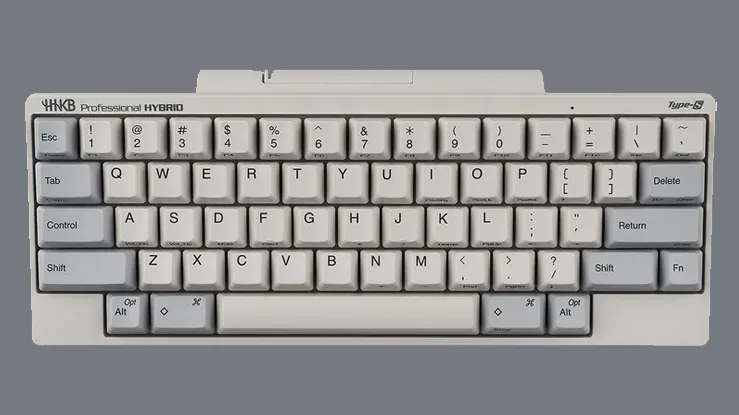
60 percent Mechanical Keyboards
The next size we will discuss is 60% mechanical keyboards, which are essentially smaller versions of 65% mechanical keyboards. These keyboards have approximately 60 keys, removing every ounce of functionality left in a mechanical keyboard, this time omitting the arrow keys as well. Though most gamers prefer to use the W, A, S, and D keys, removing the arrow keys makes it less efficient.
The only possible benefits you could draw from 60 percent mechanical keyboards are aesthetics, portability, and the fact that they let you save some desk space. I personally work on a more extended desk, so the benefits of being able to save some space just feel unknown to me. This could change depending on what desk you have, though.
60% mechanical keyboards omit the function and arrow keys, which can be frustrating for people accustomed to using these keys. If you just bought a 60% mechanical keyboard, getting used to the new, smaller layout could take some time.
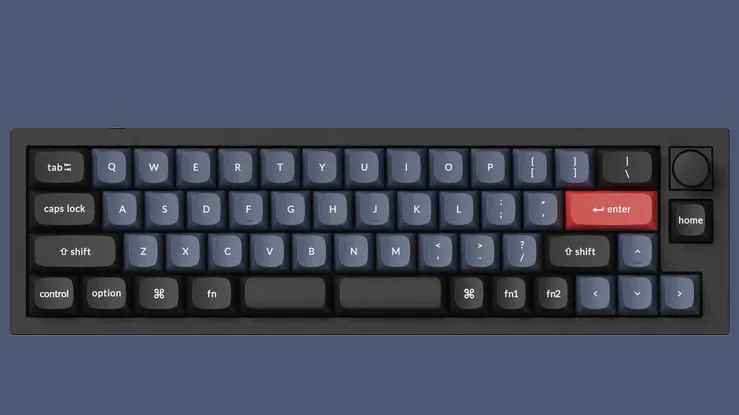
40% Mechanical Keyboards
The following mechanical keyboard size we will discuss is 40 percent mechanical keyboards. These keyboards are ultra-compact, having only 40 to 45 keys. They include only the alphanumeric keys and rely heavily on layers for punctuation, numbers, and special keys. If there is one thing I like about them, it is that they look pretty nice. Additionally, they could enhance the aesthetics of your gaming or work setup.
These mechanical keyboards are incredibly portable but not that popular. They rely heavily on multiple layering of keys, which significantly hinders productivity. They are not practical for work environments requiring frequent access to punctuation or numbers. As long as gaming is considered, they could work well for FPS games or games that are not that button-heavy.
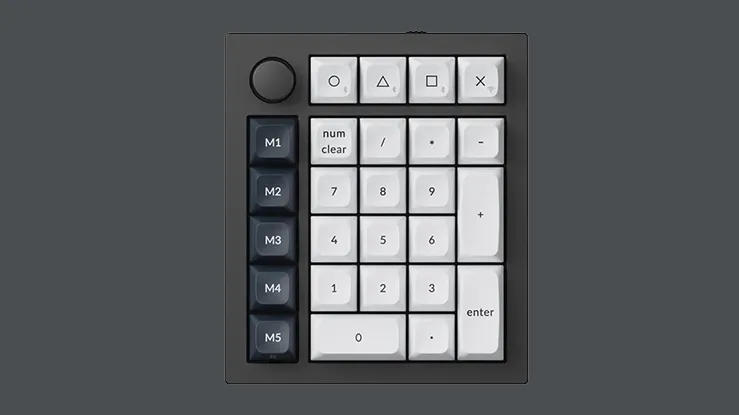
Numpad only Mechanical Keyboards
The next mechanical keyboard size is numpad only. As the name suggests, these mechanical keyboards only have a numpad. They are often used together with mechanical keyboards that lack a numpad, like TKL keyboards.
Numpad keyboards are a good choice for people who use shorter keyboards without a number pad. They offer the benefits of a compact mechanical keyboard while also offering more productibility options.
Though having an extra numpad might sound like a good idea, it could also be a headache for others. Having two keyboards can clutter a desk and is also less convenient than having an integrated number pad for users who frequently input numbers.
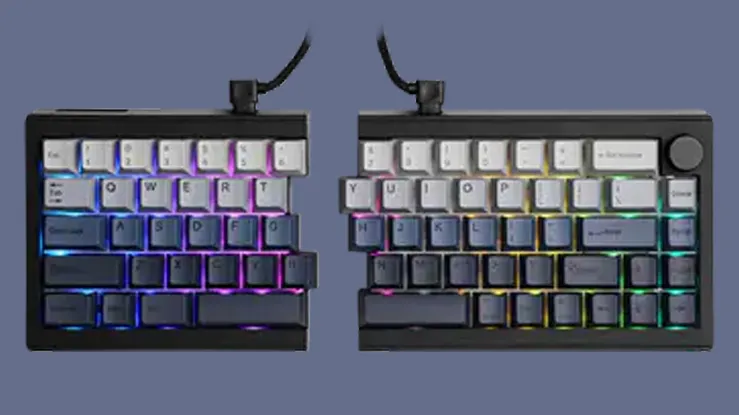
Split Or Ergonomic Mechanical Keyboards
Split mechanical keyboards are designed with ergonomics in mind. The layout is divided into two separate halves. These kinds of mechanical keyboards come in different sizes; some are full-sized, while others are TKL. Some also feature curved or angled layouts.
these mechanical keyboards promote natural wrist and arm positioning, reducing strain during extended typing. However, the only issue with these keyboards is the learning curve you have to go through. Not only are these mechanical keyboards expensive, but finding switches for custom ones could be deemed challenging.
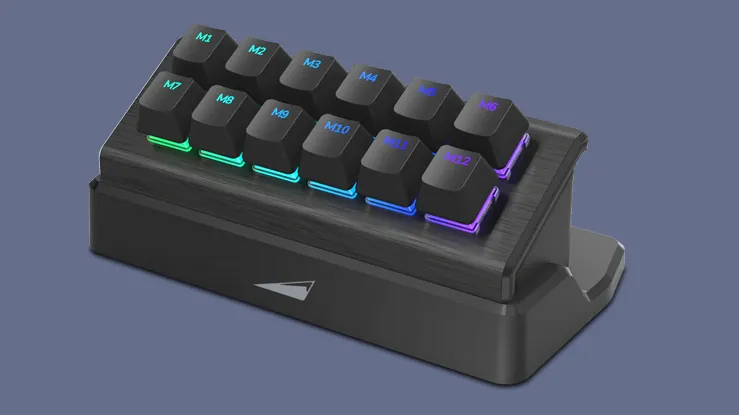
Macro Pads or Function Mechanical Keyboards
The last layout on our list of mechanical keyboard sizes is macro pads or function mechanical keyboards. These keyboards, like the num pad, allow more functionality for people who use shorter mechanical keyboards that lack functional keys or who need extra efficiency on their hands. They are designed for specific tasks such as programming, gaming, or video editing.
Macro pads allow users to assign macros or shortcuts, improving productivity and workflow efficiency. Gamers and streamers particularly value these for custom controls. As supplementary devices, they could again clutter your desk, just like the Numpad. These are devices used for people who genuinely could benefit from extra functionality.
Our article on mechanical keyboard sizes ends here. Now that you are well versed in all the available mechanical keyboard sizes, consider treating yourself to a mechanical keyboard. Our list of mechanical keyboards under 100 dollars will help you decide which keyboard is the best for someone who is starting out. These are all under 100 dollars, good for people with smaller budgets.
Some Frequently asked questions
What are the different mechanical keyboard sizes and layouts?
to summarize, there are many mechanical keyboard percentages and layouts, these are:
- 100 percent or full sized mechanical keyboards having 104 to 18 keys typically.
- 80 percent or Tenkeyless (TKL) mechanical keyboards, as the name suggests have 10 less keys than 100% mechanical keyboards
- 75 percent mechanical keyboards which have 80 to 84 keys
- 65 percent mechanical keyboards which have 66 to 68 keys
- 60 percent which have approximately 60 keys
- 40% mechanical keyboards which have 40 to 45 keys

